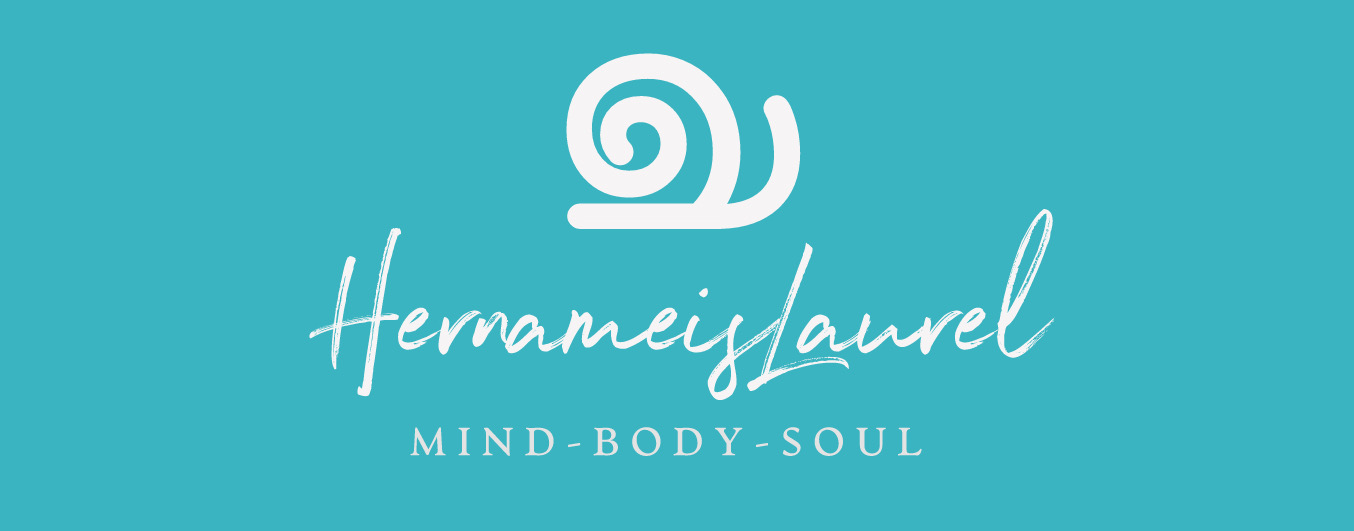Pranayama

Take a second to become aware of your breath.
Are you taking long deep breaths, filling your diaphragm and lungs fully, or are you taking short quick breaths, from the top of your chest?
So many people take such shallow, quick breaths and don’t even realise they aren’t using the full capacity of their lungs. Did you know that breathing from the top of your lungs stimulates the sympathetic nervous system (our fight or flight response). If you want to feel anxious or stressed, start taking short fast breaths this way and you will notice your heart rate start to quicken. If you begin taking longer breaths using your full lungs and lengthening the exhale you will feel your heart rate start to lower and you will feel more relaxed.
Because breathing is automatic we often take it for granted, but the way we breathe influences how oxygen reacts with every cell in our body and is intimately linked with every muscle contraction, glandular secretion, and mental process. When you take short shallow breaths, you are depriving your body of oxygen or ‘prana’ (life force) and your body is unable to function at its highest capacity.
Again, breathing is largely an unconscious process, but conscious control creates a bridge between the conscious and unconscious mind.
Through pranayama / breath control we can re-stablish the natural, relaxed rhythms of the body and mind. Meditation creates awareness and deep relaxation but the mind can be very difficult to control directly – We use pranayama to help deal with the mind which in turn helps us gain control over our emotions.
There are many different breathing techniques, but the easiest one to start with is abdominal breathing:
- Lie down on your back and relax the whole body – place the right hand on the abdomen just above the navel, and left hand over the chest and begin to observe the breath without controlling in any way.
- Start to feel as if you are drawing energy and breathing in and out directly from the navel. The right hand will move up with inhalation and down with exhalation – the left hand should remain almost still.
- Let the abdomen relax; continue breathing and feeling it expanding and contracting but don’t force it – keep breathing slowly and deeply.
- Inhale and expand the abdomen as much as is comfortable without expanding the rib cage – at the end of the inhalation the diaphragm will be compressing the abdomen and the navel will be at its highest point.
- On exhalation, the diaphragm will move upward and the abdomen downward – at the end of exhalation, the abdomen will be contracted and navel compressed towards the spine.
- Continue for a few minutes and then relax and watch the spontaneous breathing pattern.
Related
About The Author
LaurelGosselin
Related
Related Posts
Walking with Thich Nhat Hanh
“Live the actual moment, only this moment is life…” Aran and I went for a …
Related
Why you think you can’t meditate… Or… That Time I spent a Month on a Hare Krishna Ashram
“I just can’t meditate.” “All I do is think.” “It just stresses me out more.” …



